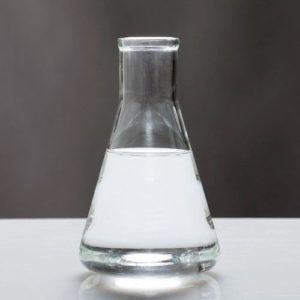Description
Information About Bentonite:
Bentonite is an absorbent aluminum phyllosilicate clay consisting mostly of montmorillonite. One of the first occurrences of bentonite was found in the Cretaceous Benton Shale near Rock River, Wyoming. The Fort Benton Group, along with others in stratigraphic succession, was named after Fort Benton, Montana in the mid-19th century by Fielding Bradford Meek and F. V. Hayden of the U.S. Geological Survey.
The different types of bentonite are each named after the respective dominant element, such as potassium (K), sodium (Na), calcium (Ca), and aluminum (Al). Experts debate a number of nomenclatorial problems with the classification of bentonite clays. Bentonite usually forms from weathering of volcanic ash, most often in the presence of water. However, the term bentonite, as well as a similar clay called tonstein, has been used to describe clay beds of uncertain origin. For industrial purposes, two main classes of bentonite exist: sodium and calcium bentonite. In stratigraphy and tephrochronology, completely devitrified (weathered volcanic glass) ash-fall beds are commonly referred to as K-bentonites when the dominant clay species is illite. In addition to montmorillonite and illite another common clay species that is sometimes dominant is kaolinite. Kaolinite-dominated clays are commonly referred to as tonsteins and are typically associated with coal.
Common Industries That Use Bentonite:
Additional information
| CAS# | 1302-78-9 |
|---|---|
| Formula | Al2H2Na2O13Si4 |




